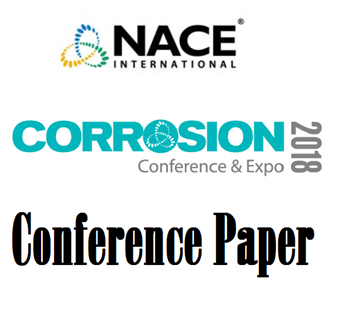Search
Products tagged with 'robotic inspection'
View as
Sort by
Display
per page
51318-11260- Robotic Inspection of Deep Well Booster Pumps
Product Number:
51318-11260-SG
Publication Date:
2018
$20.00
Using Robotic Inspection for Flare System to Avoid Plant Shutdown
Product Number:
MPWT19-14300
Publication Date:
2019
$0.00


